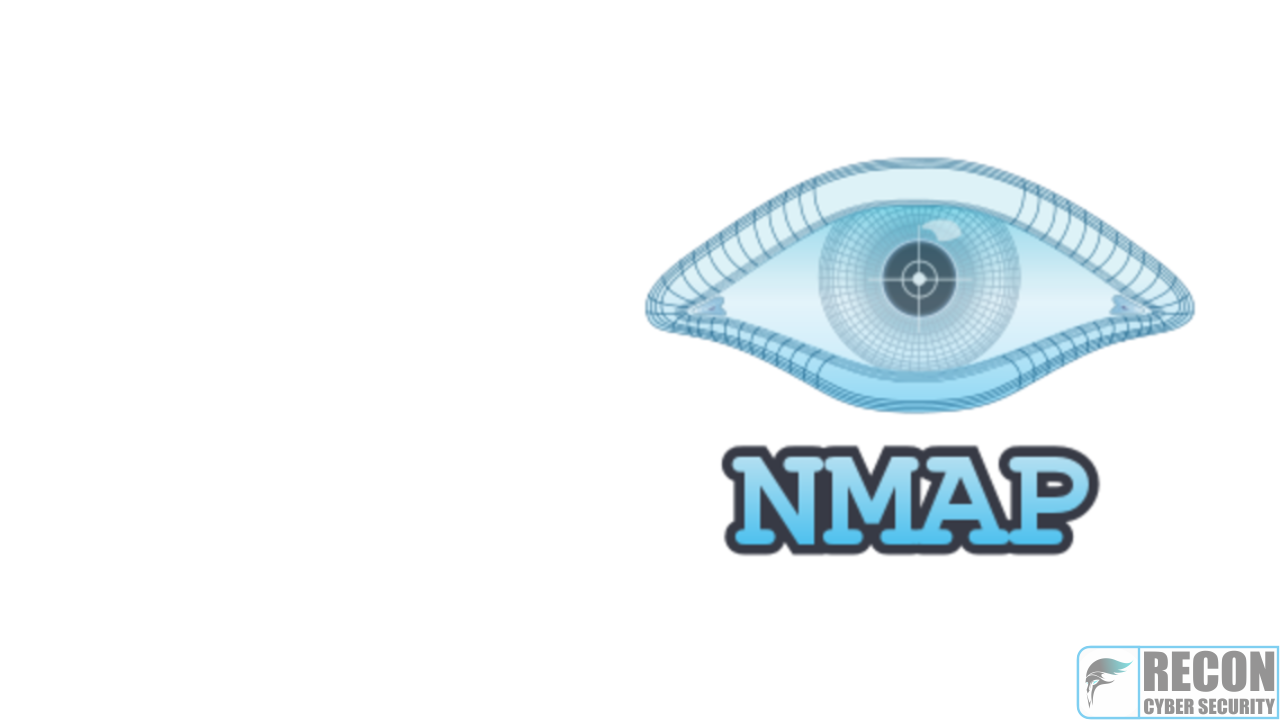In Ethical Hacking Nmap, short for Network Mapper, is an indispensable tool designed for network scanning and locate vulnerabilities. Made in 1997, it still stands out from the crowd and continues to be relied on heavily today. The Nmap community claims that this handy-dandy software – which anyone can download and use at no cost whatsoever – sees thousands of downloads each week.
Nowadays, thanks to its convenient open-source code base, there are versions available for just about any platform or environment imaginable. This includes variations aimed at different operating systems such as Windows or Mac OS X, but Nmap also supports lesser-known or outdated versions such as Solaris, AIX, or AmigaOS. It’s coded in C programming language with some support offered via the likes of Perl and Python too.
Version 7.90 was released in October 2020 with over seventy bugs fixed along with several building system updates plus code quality enhancements too; one could surmise it should now be smoother sailing ahead.

What are some features of Nmap – network scanning
?
To deploy Nmap, users used to need advanced programming skills or at least an understanding of how to navigate through console commands or non-graphical interfaces. Thankfully, this has all changed thanks to the introduction of the Zenmap tool for Nmap; now beginners can also access its features. Just like Nmap, Zenmap is free and open source – as well as can run on Windows, macOS X, and Linux. Some of the capabilities enabled by Zenmap include being able to save frequently used scans and store them easily in what are called profiles that let you quickly reuse them again; a command creator where interactive creation of Nmap command lines becomes possible; saving scan results so you can view them again later; comparing two different but similar saved scan results side by side to see what might have changed between then, and finally storing recent scan findings within an easily searchable database.
How did Nmap become such a popular movie star?
When you are looking for a way to examine your network remotely, whether you are exploring an unfamiliar landscape or scanning on behalf of someone else, it can feel daunting trying to keep up with the latest updates in security that might render some techniques obsolete. Luckily there is an all-encompassing tool at hand called Nmap This computer program can turn daunting tasks into convenient ones and gets security personnel everywhere excited about seeing how they work People typically find out about this program through various means – but while these sources may vary, they all agree that Nmap is nothing short of revolutionary.
Famous Hollywood directors have already depicted this tool in major blockbusters such as Mr. Robot (which incidentally has won several awards). If those assumptions hold then people will use Nmap for decades to come – even in a futuristic society ravaged by decay and destruction; since individuals in said society are frequently seen utilizing this program throughout its three most recent installments!
A community of developers who maintain Nmap, as well as Lyon himself, has extended an open invitation to directors and film writers, offering to provide technical advice to help make movies that feature Nmap a little more realistic. One of the reasons why Nmap is featured in so many films is because its ability to uncover unknown information about computer networks makes it such a great weapon for hackers. Ironically though, while it was designed specifically to help network administrators map, protect and defend their networks – it’s still powerful enough that those with malicious intentions can utilize it too for espionage purposes.
What do you need to know about using Nmap?
The heart of Nmap is network scanning or port scanning. Users don’t need to identify specific targets, which is good because most administrators don’t have a complete picture of everything that is using the potentially thousands of ports on their network. It’s also possible to scan all network scanning, although that would take an incredibly long time and eat up quite a bit of available bandwidth. Plus, depending on the type of passive defenses in place on the network – such as firewalls or intrusion detection systems – such an extensive port scan may trigger some form of response from defenders. As such, most people use Nmap in more limited deployments or divide different parts of their networks up for scheduled scanning over time; this allows them to focus efforts and keep from triggering alerts from defenders at work trying to protect data from being infiltrated.
In network scanning to setting up basic, automatic target scanning with Zenmap, users have the option of performing more thorough scans. Light or limited scans might only report back information about open ports, blocked by firewall settings and other such data points. This way, there is time spent on investigating less important details than others. A more detailed scan would provide additional information about the devices using those ports- including their OS versions and services being run- which in turn makes it a great tool for finding vulnerabilities or assisting with patching duties.
Controlling these types of scans used to rely exclusively on console commands; however thanks to Zenmap’s graphical interface this has all changed! And while Zenkap may be easier for beginners who lack formal training, professionals still have access to the traditional console commands they’ve always known how to use – meaning that every skill set has its own space where they belong.
Is Nmap safe?
Though it could be argued that Nmap is a perfect network scanning tool, many of the deeper scan activities require root access and privileges. That being said, though, even if deployed against an insecure network – this does not mean that Nmap cannot be dangerous in the wrong hands; especially if deployed by an untrustworthy system administrator or someone using stolen credentials – which was demonstrated this year’s Oliver Stone movie Snowden about accused traitor Edward Snowden.
What can Nmap do?
When used correctly, Nmap – network scanning can be instrumental for both optimizing and protecting networks and information. All of the data returned from ports scanned with Nmap is compiled together by the program. Based on that data, there are several key tasks that many people use to help complete. These include:
Network Mapping or network scanning : This is what led to Nmap’s creation – and remains one of its most popular features. Calling this host discovery, users can see the type of device active at each port as well as how they are connected to form a network scanning. You can find out if something like a firewall has been installed too!
Port Rules Discovery: With a low-level scan (meaning no strange or uncommon packets), an IT professional can determine whether an open or closed port belongs to something like a firewall. And when you’re working under firewalls, these rules matter! A lot!
Shadow IT hunting: All too often, employees don’t disclose their projects using illegal software. Such devices are usually named shadows because they’re hidden from other employees who might find them distracting, or harmful to the company.
What kind of consequences does this behavior cause? What happens when these devices become infected with viruses? How can it affect a company’s reputation?
Let’s take a closer look at how prevalent Shadow IT is within some industries and what makes them so problematic.
OS Fingerprinting: Nmap- network scanning operates by discovering the types of operating systems running on discovered devices. Generally, this tells you about the name of the vendor and the operating system-but that’s just barely scratching the surface! With a deep Nmap scan, you’ll also learn things like patch levels and device uptime estimates-giving you significantly more data than your average person would know was available to be analyzed.
Service Discovery: The ability to discover services elevates Nmap above the level of network scanning. Instead of simply discovering that a device exists, users can trigger a deeper scan to find out what roles discovered devices are performing. This includes identifying if they are acting as a mail server, a web server, a database repository, a storage device, or almost anything else.
Vulnerability Scanning: However, organizations that regularly ingest security information from threat feeds or other sources can use Nmap to check their susceptibility to specific threats such as insecure remote connections, etc., when combined with penetration testing tools such as Metasploit and Nexpose.
For instance, if a newly-uncovered vulnerability only affects a specific application or service running an older version of the software, one could use Nmap to see whether any programs currently running on network assets meet those conditions. Anything found would presumably need to be prioritized as it might become vulnerable soon so IT teams could go about patching them up immediately.
The future of Nmap
For 25 years, the Nmap tool has helped hackers break into computers. Today, even though technology changes so rapidly – from Ethernet to Spanning Tree to newer technologies like wireless connections – this popular tool remains current and relevant thanks to an active community of experts that keep it up-to-date. This living fossil (as one interviewee put it) comes from its creator going by his pseudonym Fyodor online, who also happens to be very responsive when interacting with the hacking community.
Zenmap is a newly released tool that makes using Nmap much easier for beginners or people without experience working on consoles or typing commands in a terminal; also, this graphic interface helps users set up scanning targets without compromising efficiency or technical know-how.
Also noteworthy: It’s free (although you can donate), which means it will stay popular among hacker communities for another 25 years at least because nobody offers comparable services for free.






